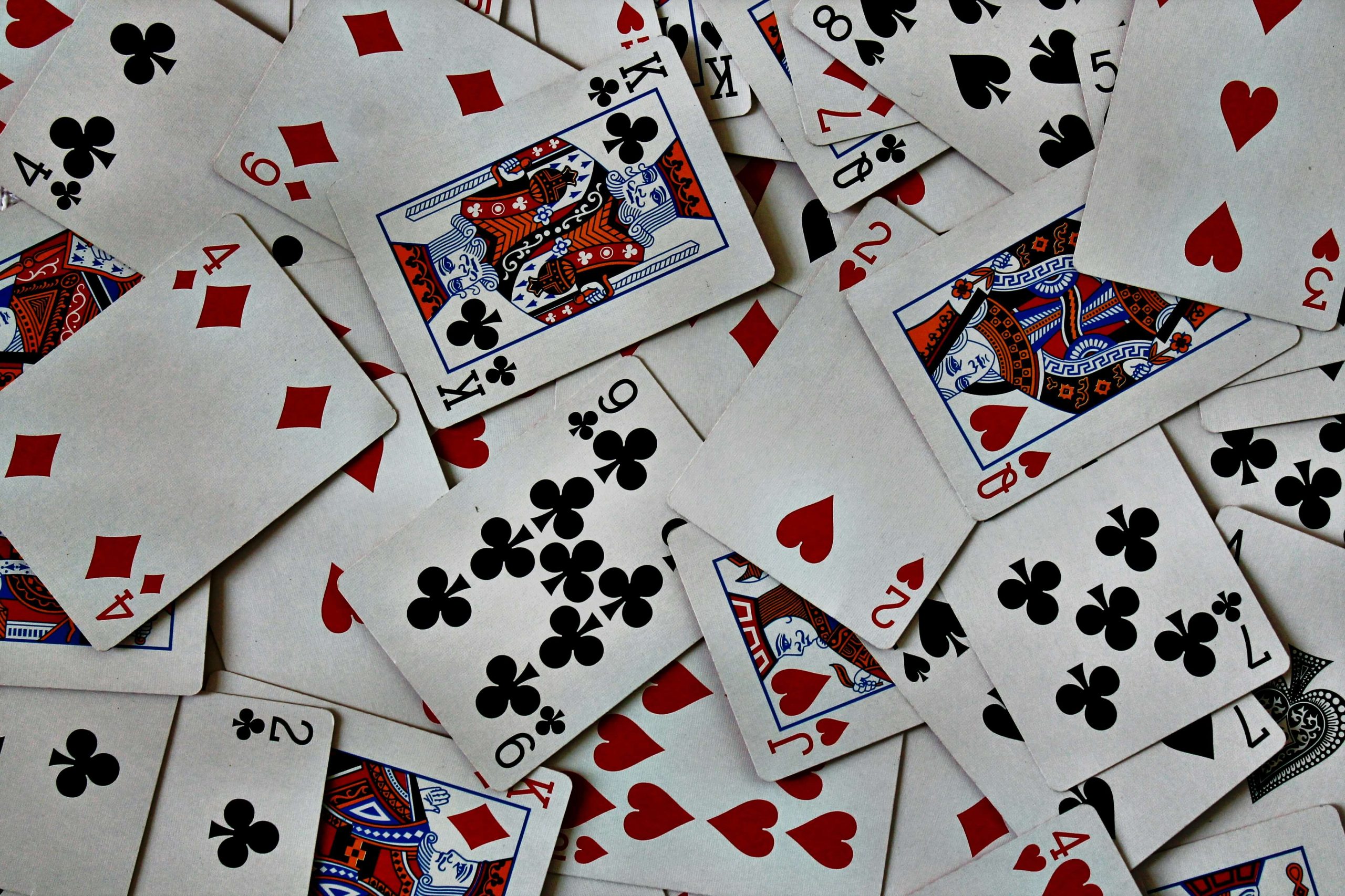
Poker is an intriguing and complex card game that blends strategy, skill, and chance. Regardless of your skill level, this thorough book will provide you insightful advice to help you advance, whether you’re a beginner trying to grasp the fundamentals or an expert trying to hone your methods. Comprehending the Fundamentals 52-card standard decks are usually used for playing poker. Convincing your opponents to fold their hands or creating the finest five-card hand possible are the two main goals of the game. It is important to become familiar with the hand rankings and fundamental principles. Rankings of Poker Hands A basic requirement for playing poker is grasping hand rankings. In order from top to lowest, below is a quick summary:
There are several variations of poker, but Texas Hold’em is the most often played. Other well-known variations are Five-Card Draw, Omaha, and Seven-Card Stud. Every variation has its own set of guidelines and strategies.
Hold’em Texas Five communal cards are dealt face-up on the board and two private cards are dealt to each player in Texas Hold’em. To create the finest hand possible, players utilize these seven cards.
Omaha Like Texas Hold’em, but with the requirement that players utilize exactly two of their four private cards in conjunction with three of the five communal cards in order to build a hand.
The Seven-Card Stud Three down and four up are the two decks of cards given to players in Seven-Card Stud. Out of these seven cards, they have to form the greatest five-card hand. Crucial Techniques Initial Hand Selection How you choose to play can have a big effect on how successful you are overall. Losing streaks can result from playing too many hands, and winning streaks can be lost due to over-conservatism. Strong beginning hands typically consist of high pairs, high suited connectors, and high cards in the same suit.
In poker, where you sit at the table matters a lot. Having a later position gives you the opportunity to observe your opponents’ actions before deciding what to do. You may find this information useful in helping you make better decisions.
Bluffing
Bluffing is a crucial tactic in poker that you employ to trick opponents into believing you have a better hand than you actually have. Understanding the patterns of your opponents and the rules of the game are essential for successful bluffing. Overbluffing, meanwhile, can backfire since seasoned players might figure out your tactic.
Analyzing Rivals
Keeping an eye on how your rivals behave might yield useful insights. Keep an eye out for reaction timings, betting patterns, and physical clues. These might assist you make better selections by indicating the strength of their hand.
Pot Odds and Value Expectation
To make wise selections, one must comprehend expected value (EV) and pot odds. Pot odds are calculated by dividing the pot’s current size by the potential cost of a call.The average result of a decision made many times over is determined by expected value. Making decisions on when to call, fold, or raise depends on these ideas.
Table Picture
The way you play and how other players see you determine your table image. For instance, a tight-aggressive image implies that you play a few hands, but when you do, you play them with aggression. By keeping your table picture constant, you can control the way your opponents respond to your moves.
Management of Bankrolls
You can withstand the fluctuation that comes with playing poker if you manage your money properly. It entails allocating a certain sum of money for poker and never taking on more debt than a negligible portion of your bankroll during a single game or competition. This tactic keeps you in the game and helps you prevent big losses.
Poker is a skill-based game that calls for patience and practice. To get better, you must practice frequently, examine your hand technique, and accept responsibility for your errors. To improve your knowledge of the game, think about reading strategy books, watching tutorials, and participating in poker forums.
Poker is a challenging and thrilling game with countless chances for improvement. Through comprehension of the fundamentals, use of key tactics, and constant improvement of your abilities, you may improve your gaming and relish the excitement of the game. These pointers will guide you through the exciting world of poker, whether you’re playing for pleasure or looking to compete seriously.
The most common types of poker games are Texas Hold’em, Omaha, and Seven-Card Stud. Each variant has its own rules and strategies.
In Texas Hold’em, each player receives two private cards and five communal cards are dealt face-up on the board. Players use these seven cards to create the best possible hand.
In Omaha, players receive four private cards and must use exactly two of them in combination with three of the five communal cards to make a hand.

